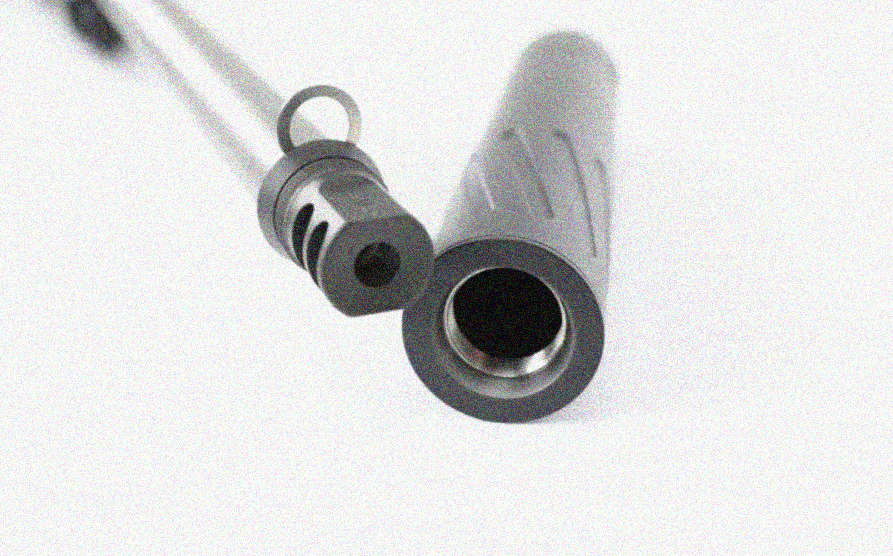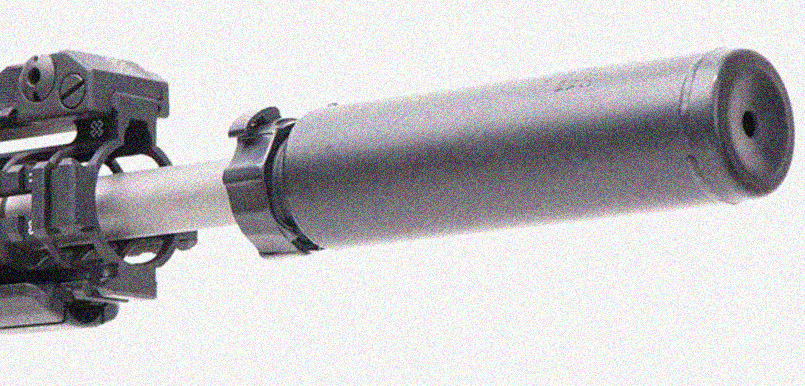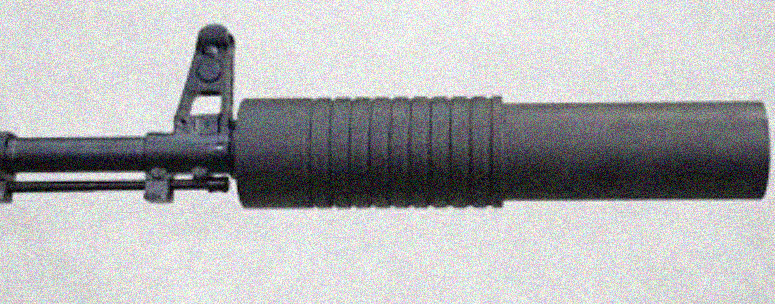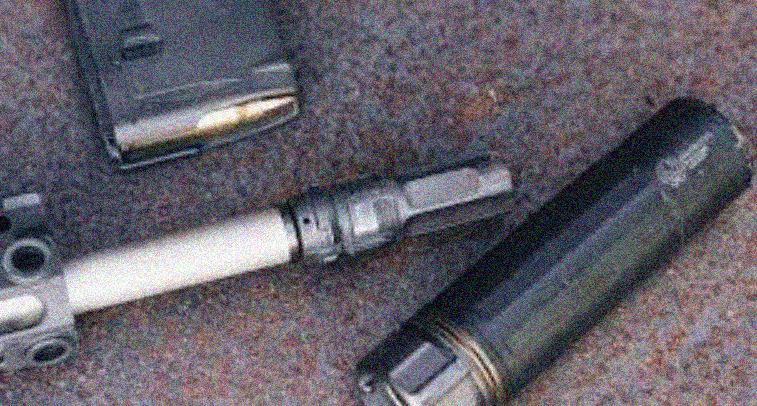If you’re looking to attach a suppressor to a non-threaded barrel, there are a few things you’ll need to know. First, let’s start with the difference between threaded and non-threaded barrels. Threaded barrels have internal threads that allow for the attachment of muzzle devices like suppressors. Non-threaded barrels don’t have these internal threads, which means attaching a suppressor can be more difficult.
That being said, it is possible to attach a suppressor to a non-threaded barrel. One common method is using a device called an adapter. Adapters are designed to bridge the gap between the muzzle device and the firearm, essentially creating threads where none exists. This allows suppressors to be mounted to a non-threaded barrel.
There are a few things to keep in mind when using an adapter:
- First, make sure the adapter is properly installed and aligned. If it’s not, it could cause problems with the suppressor or the firearm itself.
- Second, be aware that some adapters can affect accuracy. This is because they change the relationship between the muzzle device and the bore of the firearm. If accuracy is a concern, you may want to consider another option.
- Third, keep in mind that not all adapters are created equal. Some are made from high-quality materials like aircraft-grade aluminum, while others are made from cheaper materials that may not hold up as well over time. When choosing an adapter, be sure to pick one that’s well-made and designed for long-term use.
- Finally, make sure you check your local laws before attaching a suppressor to your firearm. In some areas, doing so is against the law. If you’re unsure, it’s always best to check with your local authorities before proceeding.
With these things in mind, attaching a suppressor to a non-threaded barrel is definitely possible. By using an adapter, you can create the necessary threads without affecting accuracy or damaging the firearm. Just be sure to choose a high-quality adapter and check your local laws before proceeding.
There are a few different ways to attach a suppressor to a non-threaded barrel, but the most common is to use a flash Mobile barrier device (FMD). This is a muzzle device that not only helps to reduce noise and flash when firing but also has internal threads that allow you to attach your suppressor. Another way to attach a suppressor without threaded barrels is by using a .22 adaptor. This device goes over the end of the barrel and has internal threads that allow you to screw on your suppressor. When using an adapter, it’s important to make sure that it’s properly aligned so that your bullet exits through the Middleton of the opening, rather than off to one side. Suppressors can also be mounted using quick-detach (QD) mounts that are specifically designed for this purpose.
You can’t just “attach” a suppressor to a non-threaded barrel. You will need to have the barrel professionally machined to create the threads necessary for screwing on the suppressor. This process is commonly referred to as “barrel threading”.
There are several types of guns where it’s not possible to attach a suppressor without barrel threading. These include pistols, revolvers, shotguns, and some rimfire weapons. In general, any gun where the Barrel doesn’t protrude from the front of the frame so that you can see clearly defined rifling grooves (like on an AR-15) will require barrel threading to attach a suppressor. The good news is, that most reputable gunsmiths offer this service.
Some guns, like the MP5, come with a built-in threading that allows you to simply screw on a suppressor without any modification. This is relatively rare though, so don’t count on it.
In terms of legalities, there are no federal laws prohibiting owning a suppressor. However, there are some states (like California) where they are illegal to own. Be sure to check your local laws before purchasing one.
You can purchase a suppressor from any licensed firearms dealer. To do so, you will need to submit an ATF Form 4 along with fingerprint cards and photos. You will also need to pay a $200 tax. The process can take several months, so be patient.
Suppressors are a great way to reduce the noise of your gunshots, making them more pleasant for you and those around you. They can also help improve accuracy by reducing muzzle rise and felt recoil. If you’re interested in owning one, make sure you do your research and follow all the necessary legal steps.
There are different ways to attach a suppressor to a nonthreaded barrel, depending on the type of gun you’re using. For example, you can use a pigtail on AR-15s and other rifles with A2 birdcage compensators. This involves adding an adapter to the end of the barrel that allows you to attach the suppressor.
Another option is to use a muzzle brake or flash hider that has been drilled and tapped for suppression attachment. This is a good option if you don’t want to permanently modify your barrel. You can also have a gunsmith thread your barrel, which will allow you to easily add and remove a suppressor as needed.
Whichever method you choose, make sure you consult with a qualified gunsmith to ensure that it’s properly installed.
If you want to attach a suppressor to a non-threaded barrel, you’ll first need to purchase a thread adapter. There are lots of different types of thread adapters available on the market, so it’s important to do your research and find one that’s compatible with your firearm. Once you have the adapter, simply screw it onto the end of the barrel. Then, you can attach your suppressor to the adapter.
Keep in mind that not all types of ammunition will be affected by a suppressor. For example, subsonic ammunition will still be audible even when fired through a suppressor. So, if you’re looking for complete silence, you’ll need to educate yourself on which types of ammo will work best with your suppressor.
Please login or Register to submit your answer





